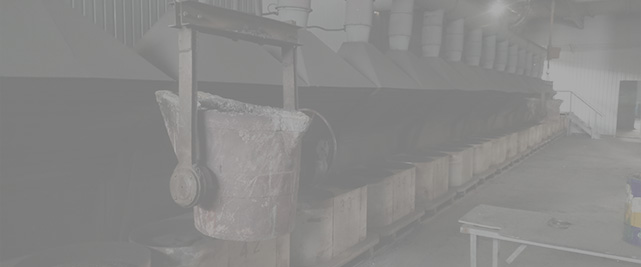9 月 . 28, 2024 00:19 Back to list
Steps to Safely Remove a Trailer Brake Drum Efficiently and Easily
How to Remove a Trailer Brake Drum
Removing a trailer brake drum may seem daunting, but with careful planning and the right tools, it can be accomplished safely and efficiently. This process is essential when servicing brakes, replacing shoes, or ensuring that the braking system is functioning correctly. Here’s a step-by-step guide to help you through the procedure.
Tools and Materials Needed
Before getting started, gather all the necessary tools
- Socket wrench set - Screwdrivers (flathead and Phillips) - Brake drum puller (if necessary) - Hammer - Adjustable wrench - Pliers - Safety goggles - Gloves - Cleaning materials (brake cleaner, rags)
1. Preparing for the Job
Before you begin, ensure the trailer is parked on a flat, stable surface and is secured with wheel chocks. Disconnect the trailer from the towing vehicle and ensure that the parking brake is engaged. This will prevent any unexpected movement during the process.
2. Remove the Wheel
The first step in removing the brake drum is to take off the wheel. Use a lug wrench to loosen the lug nuts slightly while the wheel is still on the ground. Once loose, lift the trailer using a jack and secure it with jack stands for safety. Now, you can remove the lug nuts completely and take off the wheel.
3. Inspect the Brake Assembly
With the wheel removed, you’ll have a clear view of the brake assembly. Take this opportunity to inspect the brake shoes, springs, and other components for wear or damage. If you notice any issues, make a plan for replacements.
Check for Retaining Screws Look for any retaining screws that may be securing the brake drum in place. If so, remove them using an appropriate screwdriver.
Check for Rust and Corrosion Sometimes the brake drum can be stuck due to rust or corrosion. To solve this, gently tap around the edges of the drum with a hammer. If it still won’t budge, you may need to use a brake drum puller, which is designed to grip and pull the drum off the hub.
how to remove a trailer brake drum

Use a Brake Drum Puller (if needed) Position the puller on the brake drum and tighten it according to the manufacturer’s instructions. Gradually apply pressure while checking for movement. Be cautious to avoid damaging the brake components.
Remove the Drum Once the drum is loose, it should slide off the hub with minimal effort. If necessary, wiggling the drum back and forth can help free it if it is still stuck.
5. Clean and Inspect
With the drum removed, this is a great time to clean it. Use brake cleaner and a rag to wipe away any dust and debris. Inspect the drum for any grooves or scoring that might necessitate resurfacing or replacement.
6. Replacing Components (if necessary)
If you already identified any worn components during your initial inspection, now is the time to replace them. Install new brake shoes, springs, and any other necessary parts. Refer to your manufacturer’s guide for specific installation instructions.
7. Reassembly
Once any necessary repairs or replacements have been made, it’s time to reassemble your trailer brake system. First, slide the brake drum back onto the hub. If you removed any retaining screws, make sure to replace them.
8. Replace the Wheel
Once the drum is in place, carefully put the wheel back on. Hand-tighten the lug nuts in a star pattern to ensure even pressure. Once the wheel is back on the ground, use the lug wrench to tighten the nuts to the manufacturer’s specified torque.
9. Test
It’s important to test the braking system before taking the trailer out on the road. Inspect everything to ensure it was reassembled correctly, and conduct a brake function test at a low speed in a safe area.
Conclusion
Removing a trailer brake drum is a manageable task with the right approach and safety measures in place. Regular maintenance of your braking system can not only prevent accidents but also enhance the overall performance of your trailer. Always refer to your trailer’s specific manual for guidance and specifications, and don’t hesitate to consult a professional if you encounter difficulties during the process.
-
Brake Drum for Kamaz Trucks Durable OEM Replacement & High Performance
NewsMay.30,2025
-
Brake Drum Man High-Quality Drum Brake & Shoe Solutions
NewsMay.30,2025
-
High-Performance Brake Drum for Kamaz Trucks Durable Drum Brake Components
NewsMay.29,2025
-
Brake Drum Man High-Quality Drum Brake Drums & Brake Shoes
NewsMay.29,2025
-
Brake Drum MAZ High-Performance & Durable Replacement Parts
NewsMay.29,2025
-
heavy truck brake drums
NewsMar.07,2025
